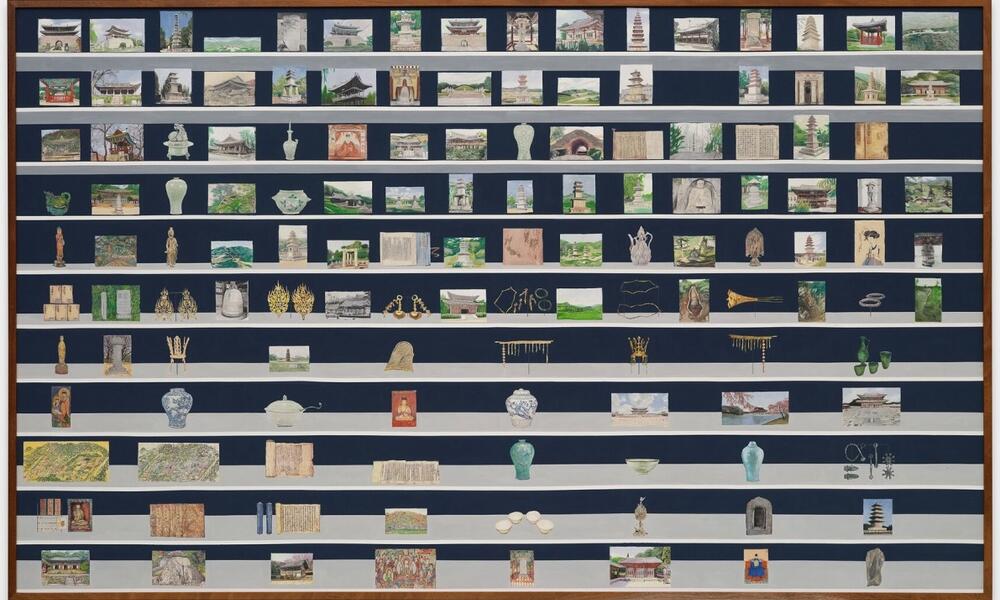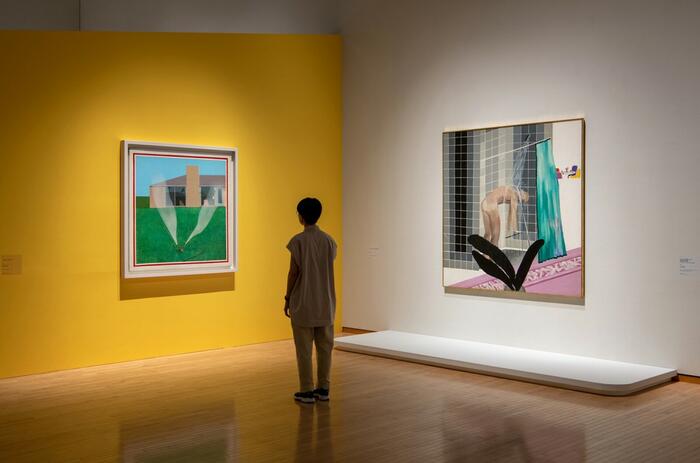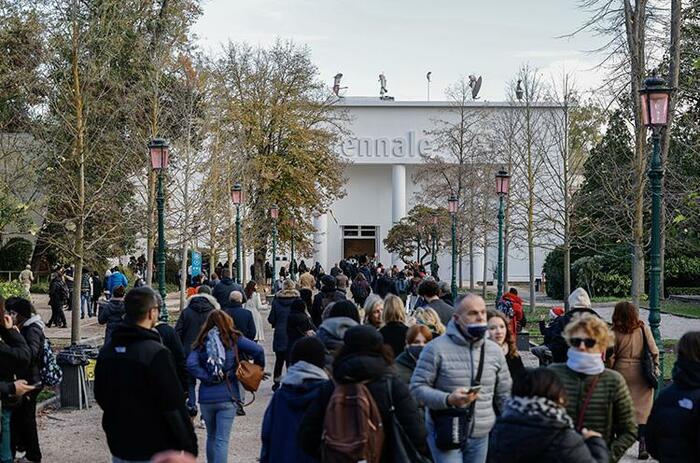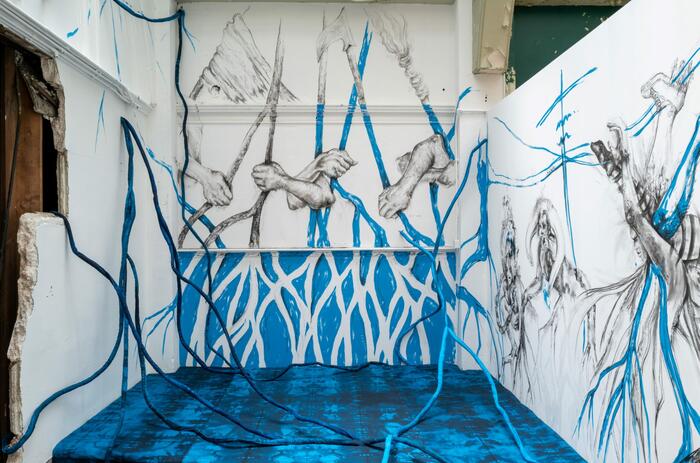GALA PORRAS-KIM AT LEEUM MUSEUM OF ART
Leeum Museum of Art presents National Treasures by Gala Porras-Kim, an exhibition that explores the intricacies that arise when ancient objects, history, and modern systems intersect.

Showcasing Porras-Kim’s three new works based on Korean cultural heritage and ten national treasures drawn from the museum’s collection, the exhibition is also a reflection on the particularity of Leeum as a place where traditional Korean art and contemporary art coexist and continually renegotiate their relationship.
In her research-based practice, Gala Porras-Kim has explored the fraught relationship between institutions such as museums and cultural heritage legislations, and cultural objects. Her works bring our attention to the underlying principles that guide a museum by investigating its cataloging and indexing system, conservation doctrines, and the way in which its collection is presented. They shed light on undecipherable text and lost information, incomplete records, and competing histories, revealing the uncertainties that fill the space of a museum.
-
Gala Porras-Kim, 37 Korean objects uprooted during the Japanese occupation, 2023. Colored pencil and flash on paper, 152,4 x 152.4cm. Private collection in Detroit. Courtesy of the artist and Commonwealth and Council.
By calling upon national treasures from both North and South Korea, as well as cultural objects presumed to be taken during the Japanese occupation, the works in this exhibition consider the ways in which the state evaluates and manages artifacts, and how historical contexts of colonization and division have added meanings to our cultural heritage. 530 National Treasures, which brings together national treasures from North and South Korea, reminds us that various entities throughout history, such as imperial Japan, South Korea, and North Korea, have managed cultural heritage differently according to their needs. 37 Korean objects uprooted during the Japanese occupation addresses the issue of cultural heritage loss, a common challenge faced by countries that were subjected to colonization. By displaying these works alongside the national treasures from the Leeum collection, this exhibition invites the viewers to reflect on the ideas and principles that govern this institution and how it is being enacted at this very moment.






